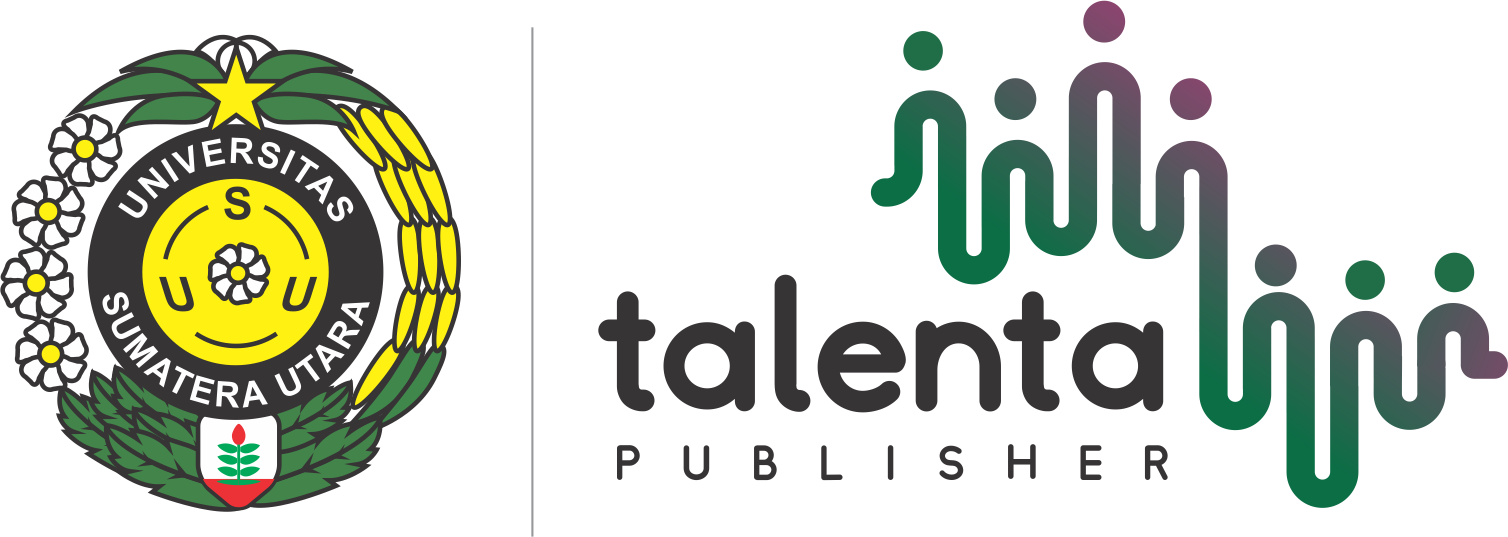Optimisasi Model Analisa Sensitivitas Primal–Dual dalam Management Produksi Dodol
(Optimization of The Primal-Dual Sensitivity Analysis Model in The Management of Dodol Production)
| Authors | ||
| Issue | Vol 2 No 2 (2019): Talenta Conference Series: Science and Technology (ST) | |
| Section | Articles | |
| DOI: | https://doi.org/10.32734/st.v2i2.471 | |
| Keywords: | Program linear Metode primal-dual Analisis sensitivitas | |
| Published | 2019-06-30 |
Abstract
Optimalisasi adalah cabang matematika terapan yang mempelajari masalah-masalah operasi riset dengan tujuan untuk memaksimalkan atau meminimalkan besaran tertentu. Dalam penelitian ini, kami akan menerapkan konsep optimasi pada mengoptimalkan kegiatan produksi di CV. Sentra Halia Sabang yang merupakan industri rumah tangga yang memproduksi dodol dalam kotak kemasan. Dengan melakukan penelitian tentang kegiatan produksi di CV. Sentra Halia Sabang, ditentukan bahwa fungsi tujuan adalah untuk memaksimalkan keuntungan perusahaan, yang dimodelkan sebagai Z=7537x1+5871x2+7887x3+6151x4+7987x5+6231x6+7909x7+6171x8+8037x9+6271x10+8629x11, di mana xi mewakili jumlah produksi untuk setiap jenis dodol. Selanjutnya, juga ditinjau sumber daya terbatas yang digunakan oleh perusahaan seperti jumlah bahan baku, waktu, maksimum dan batas minimum produksi. Pemrosesan data dilakukan dengan menggunakan perangkat lunak LINDO. Analisis yang digunakan adalah analisis dual primal yang dilanjutkan dengan analisis sensitivitas. Hasil penelitian ini menunjukkan bahwa produksi CV. Sentra Halia Sabang hampir mencapai level optimal. Jika perusahaan berproduksi dalam kondisi optimal, laba yang bisa diperoleh adalah Rp 195.330. Analisis dual primal menunjukkan bahwa ada sumber daya yang belum digunakan secara optimal, yang bisa dilihat dari nilai slack / surplus pada beberapa sumber daya. Dalam analisis sensitivitas, beberapa variasi penambahan pada masing-masing koefisien fungsi tujuan diterapkan. Hasil analisis sensitivitas menunjukkan bahwa penambahan koefisien fungsi tujuan sebesar Rp 150 tidak akan mempengaruhi solusi optimal awal.
Optimization is a part of applied mathematics that studies operation research problems with the aim to maximize or minimize a certain magnitude. In this research, we will apply the optimization concepts on optimizing production activities in CV. Sentra Halia Sabang which is a home industry producing dodol in a packing box. By doing research on production activities at CV. Sentra Halia Sabang, it was determined that the objective function is to maximize the profits of the company, which is modeled as Z=7537x1+5871x2+7887x3+6151x4+7987x5+6231x6+7909x7+6171x8+8037x9+6271x10+8629x11, where xi represents the amount of productions for each type of dodol. Next, it is also reviewed the limited resources used by the company such as the amount of raw materials, the time, the maximum and the minimum limit of production. Data processing is performed using software LINDO. The analyses applied were the primal dual analysis that was continued with the sensitivity analysis. The results of this study indicate that the production of CV. Sentra Halia Sabang almost reached the optimal level. If the company produces in optimal conditions, the profit that can be obtained is Rp 195 430. The primal dual analyses show that there are resources that have not been used optimally, that can be seen from the value of slack / surplus on some resources. In the sensitivity analysis, some various addition on each of the coefficients of the objective function were applied. The result of the sensitivity analysis show that the addition of the coefficients of the objective function as much as Rp 150 will not affect the initial optimal solution.





